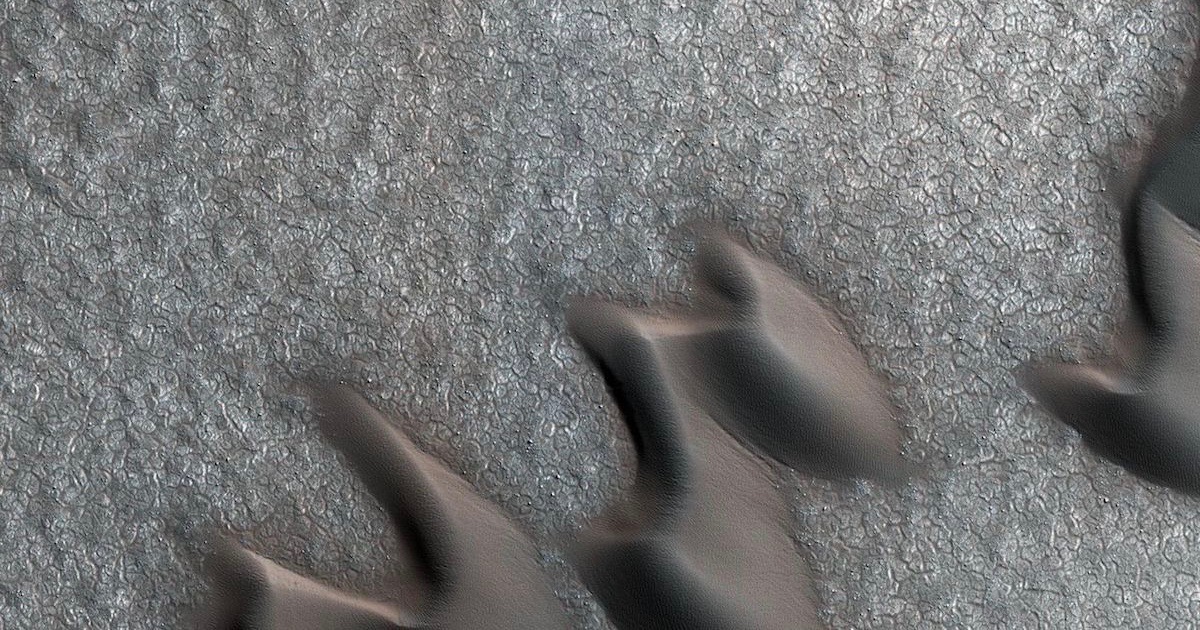 Intelligent Design
Intelligent Design
 Neuroscience & Mind
Neuroscience & Mind
Egnor: Two Weaknesses of Agentive Cosmopsychism


The universe is exquisitely fine-tuned to allow the existence of anything at all, including ourselves. It need not have been so. This gives the powerful impression of the most painstaking craftsmanship, or art. There are a limited number of explanations available for how this came to be. Actually, there are three. Well, maybe there are more, but as explanations go, these are the main categories.
One is multiverse theory, appealing to a cosmic lottery in which, among an infinity of failed universes, we happen to have lucked out. We must have lucked out, otherwise we wouldn’t be around to reflect on our good fortune. (Of course they never tell you where the universe-generating machine came from.) Another is theism, where a designing intelligence residing outside the universe is responsible for cosmic fine-tuning. And a third is the spooky notion that the universe is a mind that tunes itself toward ends on which it deliberates.
On a new ID the Future episode, neuroscientist and philosopher Michael Egnor talks with Discovery Institute’s Sarah Chaffee about the third of these possible resolutions, which Hungarian philosopher Philip Goff has argued for in an article for Aeon, “Is the Universe a conscious mind?” Goff calls his theory “agentive cosmopsychism,” and Dr. Egnor gives him credit for a serious and thoughtful defense of the idea.
Materialists clamor for the multiverse, a desperate move, but cosmopsychism has virtues that the former theory does not. Egnor carefully explains the relative merits of both. Materialism he finds to be “not even wrong” — a mistake, rather. Cosmopsychism, on the other hand, deserves a fuller discussion as to its two weaknesses, which Egnor offers. This entails references to Aristotle and Thomas Aquinas. And what does any of it have to do with intelligent design? Egnor clarifies.
It’s a fascinating conversation, as you’d expect. Listen to it or download the podcast here.
Photo: Sand dunes at the North Pole of Mars, by NASA/JPL-Caltech/University of Arizona.
